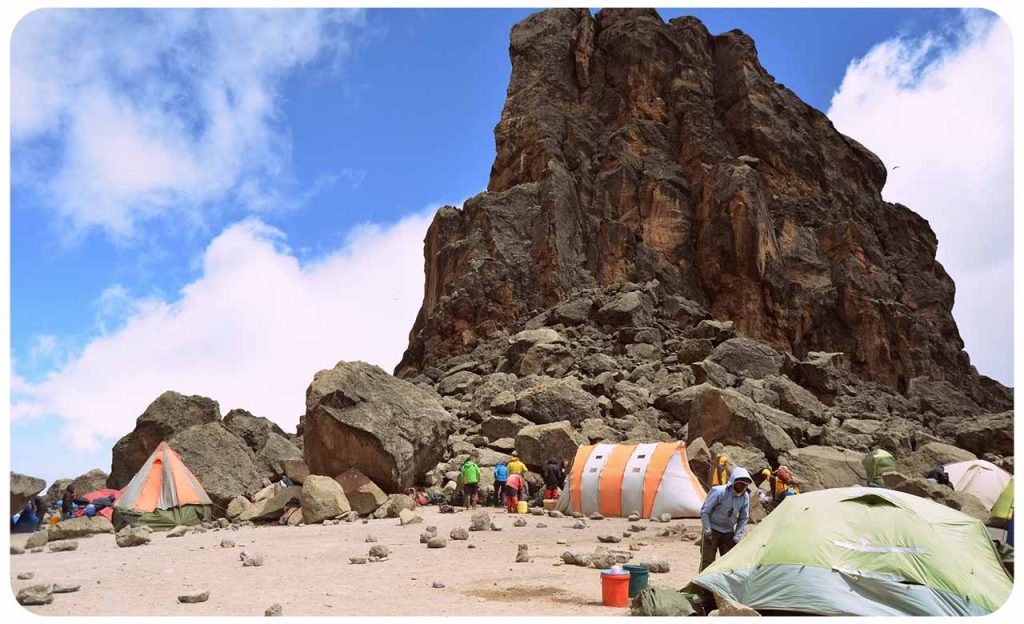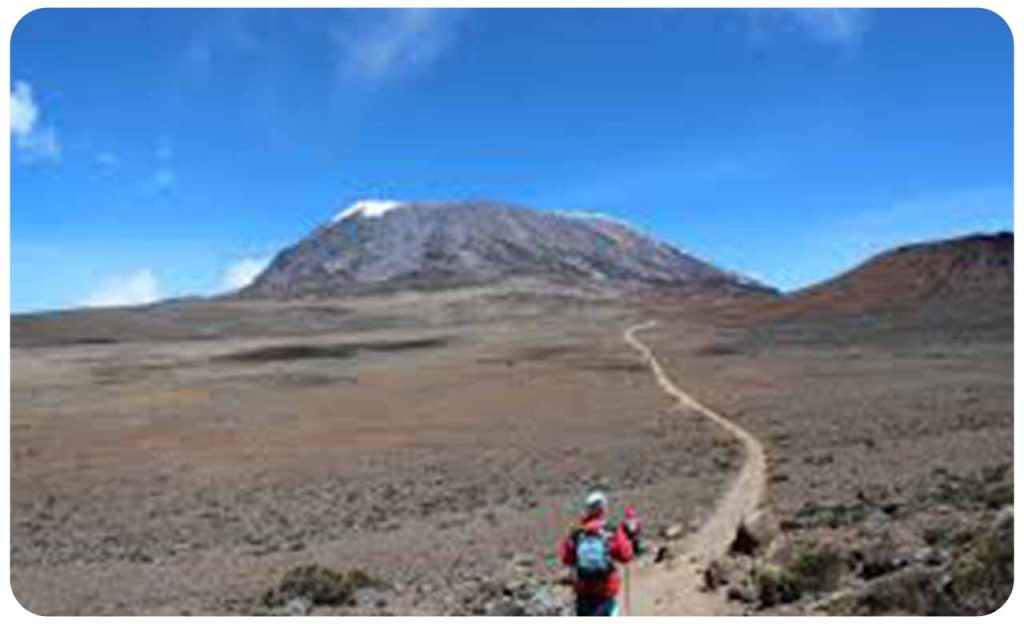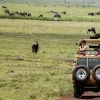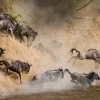Climbing Mount Kilimanjaro is the adventure of a lifetime, and it offers more than just the satisfaction of reaching the “Roof of Africa.” It is a visual journey through five distinct climatic zones, from lush rainforest to arctic summit, yielding some of the most spectacular, unforgettable views on the planet.
For the aspiring mountaineer and the avid photographer, knowing which routes and spots offer the best vistas is key. Here is your ultimate guide to the most breathtaking views on Kilimanjaro.
1. The Most Scenic Routes
While every route offers a unique perspective of the mountain, a few are celebrated for their unparalleled scenic beauty and diverse landscapes.
| Route | Scenic Highlights | Best For… |
| Lemosho Route | Pristine rainforests, sweeping views across the Shira Plateau, and a less crowded start. Often considered the most beautiful route. | Ultimate scenic diversity and better acclimatization (usually 8 days). |
| Machame Route | Lush rainforest, moorlands, alpine desert, up-close views of glaciers, and the Southern Circuit vista. Known as the “Whiskey Route.” | Spectacular vistas for a shorter, challenging climb (6-7 days). |
| Northern Circuit | A full traverse of Kibo, offering continuous, varied views, including the pristine northern wilderness and Kenyan plains. | 360-degree panoramas and the highest summit success rate (9-10 days). |
| Rongai Route | Unique perspective from the north, with views of the vast Kenyan plains. Less crowded than the southern routes. | Solitude, a unique northern perspective, and an easier initial incline. |
View All Kilimanjaro Routes
2. Iconic Photo Opportunities and Viewpoints
Beyond the overall route, several specific locations on the mountain are famous for delivering incredible, magazine-worthy photos.
The Shira Plateau
Elevation: ~3,800m (12,500 ft)
A UNESCO World Heritage Site, the Shira Plateau is one of the largest high-altitude plateaus in the world. It is the collapsed caldera of the ancient Shira volcano, one of Kilimanjaro’s three cones.
- The Shot: The vast, wide-open plains offer an otherworldly, barren landscape with an unparalleled, dramatic backdrop of Kibo’s snow-capped summit looming in the distance. This is often the first, breathtaking full view of Kilimanjaro’s upper reaches.

The Barranco Wall & Valley
Wall Summit Elevation: ~4,202m (13,786 ft)
Often dubbed the “Breakfast Wall,” this imposing, 257-meter-high cliff face is a thrilling scramble—not a technical climb—found on the Machame, Lemosho, and Umbwe routes.
- The Shot:
- From Below (Barranco Camp): Capture the gigantic Dendrosenecio kilimanjari plants—unique, giant groundsels—set against the dramatic, sheer scale of the wall.
- From Above: Once you summit the wall, you are rewarded with a magnificent, sweeping view of the Barranco Valley below, the distant peaks of Mount Meru, and a powerful sense of accomplishment.

Lava Tower
Elevation: ~4,600m (15,090 ft)
This massive, distinct volcanic plug stands dramatically against the alpine desert landscape. Trekkers on the Machame, Lemosho, and Northern Circuit routes pass by it as part of their acclimatization profile.
- The Shot: A dramatic geological feature rising abruptly from the surrounding scree, perfect for a striking photograph that highlights the mountain’s volcanic origins.

The Saddle
Location: Between Kibo (the main peak) and Mawenzi
Elevation: High-altitude desert
The Saddle is the largest high-altitude desert in Africa, a vast, desolate, flat plain connecting the two major volcanic cones. Trekkers on the Rongai and Marangu routes cross this unique environment.
- The Shot: The wide, barren expanse provides a powerful sense of isolation and scale, with the jagged, rocky peaks of Mawenzi and the gentle, icy slopes of Kibo framing the scene.

3. The Ultimate Summit Spectacle: Sunrise from Uhuru Peak
The final ascent to the summit is a grueling overnight trek, but the reward is arguably the most spectacular natural sight in all of Africa: Sunrise from Uhuru Peak.
Uhuru Peak Elevation: 5,895m (19,341 ft) – The Roof of Africa
Trekkers typically begin their summit push around midnight from camps like Barafu or Kibo Hut to reach the rim (Stella Point or Gilman’s Point) just as the sun begins to break the horizon, reaching the true summit, Uhuru Peak, shortly after.
- The Shot:
- The Golden Hour: The sun’s first rays illuminate the magnificent Southern Ice Field and the remaining glaciers, painting the sky in fiery hues of gold, pink, and orange.
- Kilimanjaro’s Shadow: Witnessing the colossal, perfect triangle shadow of the mountain cast across the plains of Tanzania and Kenya is a truly humbling and unforgettable sight.
- The Sign: No summit photo album is complete without the obligatory picture at the iconic Uhuru Peak sign, marking your achievement at the highest point in Africa.
Pro-Tip for Photographers: The best light for most mountain photography is during the “Golden Hour”—shortly after sunrise and just before sunset. Camps like Shira Camp and Barranco Camp offer incredible high-altitude vantage points for capturing the mountain in its best light. Remember, altitude is the primary challenge, so pole-pole (slowly, slowly) is the key to both summit success and capturing these legendary views.



